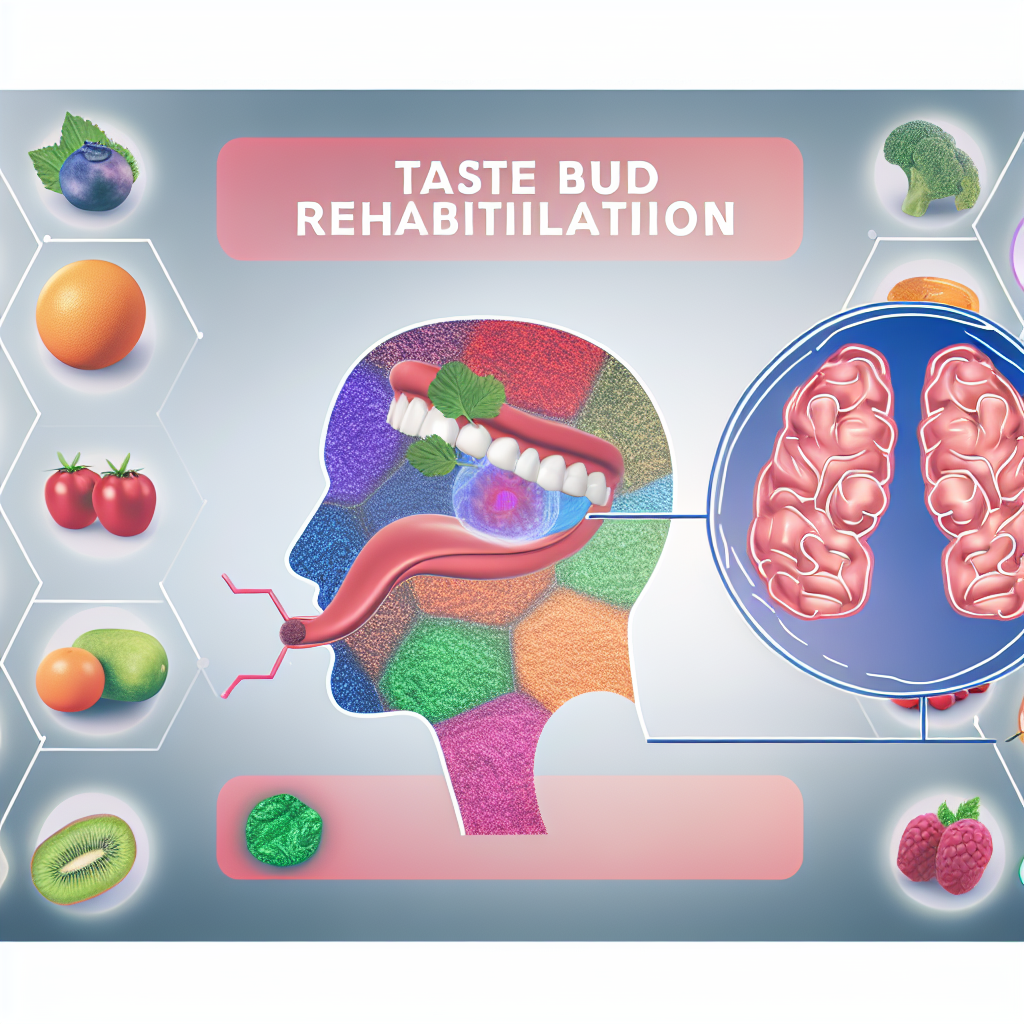Nightshade Sensitivity: New Testing Protocols and Personalized Elimination Strategies
Introduction: Understanding Nightshade Sensitivity
Nightshade vegetables—including tomatoes, potatoes, eggplants, and peppers—are common in many diets worldwide. However, for some individuals, these foods can trigger adverse reactions such as digestive discomfort, joint pain, skin irritation, and autoimmune flare-ups. This condition, known as nightshade sensitivity, arises from an intolerance to the alkaloid compounds present in these plants rather than a traditional allergic response.
Recent advancements in scientific testing protocols now offer more precise methods for identifying and managing sensitivity. Instead of relying on trial-and-error dietary modifications, individuals can benefit from IgG food sensitivity testing, gut microbiome analysis, and personalized elimination diets to pinpoint their specific reactions. These personalized strategies help determine the role of nightshades in individual health, allowing for more informed dietary decisions without unnecessary restrictions.
This article explores the latest scientific studies, advanced testing protocols, and tailored elimination methods to help individuals better understand and manage their nightshade sensitivity.
Scientific Research & Cutting-Edge Testing Protocols
The Impact of Nightshades on Inflammation and Gut Health
Recent studies highlight how solanine, capsaicin, and glycoalkaloids found in nightshades may contribute to inflammation, gut permeability, and immune dysfunction in sensitive individuals. While full-blown nightshade allergies are uncommon, evidence suggests that nightshade intolerance can worsen symptoms of rheumatoid arthritis, irritable bowel syndrome (IBS), and leaky gut syndrome.
A 2019 study from the *Journal of Inflammation Research* demonstrated that glycoalkaloids increase intestinal permeability, triggering inflammation and discomfort in predisposed individuals. The study highlighted how continuous exposure could lead to long-term gut imbalances.
In 2021, the Functional Medicine Research Institute conducted a study revealing that food sensitivity panels, including IgG antibody tests, detected non-allergic responses that contributed to chronic fatigue and autoimmune flares. Individuals with irritable bowel disease (IBD) and rheumatoid arthritis exhibited higher IgG reactivity to nightshade alkaloids when compared to those without these conditions.
A groundbreaking 2022 study published in *Nutrients* examined the relationship between gut microbiome imbalances and food sensitivities. Findings indicated that individuals with lower levels of gut-protective bacteria were more likely to experience heightened inflammatory responses after consuming nightshade compounds. This research emphasizes how gut microbiome health plays a crucial role in food sensitivities.
Additionally, genetic predisposition testing now provides deeper insights into individual responses to nightshades. Studies suggest that genetic markers linked to chronic inflammation, histamine intolerance, and immune dysregulation may explain why some individuals tolerate nightshades well while others experience symptoms such as joint pain, bloating, and skin reactions.
Advanced Testing Protocols for Detecting Nightshade Sensitivity
To enhance the accuracy of sensitivity detection, integrative practitioners employ the following advanced diagnostic methods:
1. IgG & IgA Food Sensitivity Testing – Measures rising antibody responses to nightshade alkaloids.
2. Gut Permeability Testing – Assesses whether nightshades contribute to leaky gut syndrome.
3. Microbiome Analysis – Identifies bacterial imbalances that exacerbate sensitivity reactions.
4. Genetic Testing for Inflammatory Markers – Detects hereditary predispositions affecting nightshade metabolism.
5. Personalized Elimination Trials – A structured elimination and reintroduction based on symptom tracking and gut support.
These scientific advancements provide highly personalized insights, ensuring individuals can effectively detect and manage their nightshade sensitivity.
Personalized Elimination Strategies for Managing Sensitivity
The Evolution of Nightshade Elimination Protocols
Traditionally, individuals dealing with nightshade sensitivity followed a simple elimination diet, removing nightshades for several weeks and then reintroducing them. However, modern approaches now emphasize structured reintroductions, symptom assessment, gut microbiome support, and detoxification strategies for a more precise understanding of individual tolerance levels.
Key Steps in a Science-Backed Nightshade Elimination Plan
1. Elimination Phase (4-6 Weeks): Completely remove nightshade vegetables to allow the body to reset.
2. Gut Healing & Microbiome Support: Incorporate probiotics, digestive enzymes, and anti-inflammatory nutrients to support intestinal balance.
3. Gradual Reintroduction: Introduce nightshades one at a time, carefully tracking symptoms such as joint pain, bloating, skin flare-ups, and fatigue.
4. Symptom Journal & Pattern Recognition: Utilize food diaries and symptom-tracking apps to spot clear correlations between nightshade consumption and adverse reactions.
5. Consult Functional Medicine Practitioners: Work with a healthcare professional specializing in gut health and food sensitivities for personalized guidance.
By leveraging personalized reintroduction methods and biochemical testing, individuals can determine which nightshade foods may be problematic and which are tolerable—eliminating unnecessary dietary restrictions.
Nightshade Sensitivity & Long-Term Health Management
Managing nightshade sensitivity is not just about avoidance— it’s about understanding your unique response and fostering gut resilience. If nightshades trigger inflammation, individuals can focus on supporting gut integrity with anti-inflammatory foods, probiotics, digestive enzymes, and nutrient-dense alternatives. Over time, many people regain tolerance through proper gut healing strategies.
Conclusion: The Future of Nightshade Sensitivity Management
The growing field of personalized nutrition and diagnostic testing is revolutionizing how we understand nightshade sensitivity. Instead of relying on outdated elimination methods, modern protocols leverage precision testing, including:
✅ IgG food sensitivity panels
✅ Gut microbiome sequencing
✅ Genetic risk profiling
✅ Personalized elimination and reintroduction strategies
For individuals struggling with gut issues, arthritis, or autoimmune symptoms, identifying nightshade triggers can significantly improve health and well-being. With the latest scientific advancements, unnecessary dietary restrictions can be avoided, and dietary adjustments can be tailored for optimal immune health.
By utilizing scientific testing, symptom tracking, and functional medicine approaches, individuals can confidently make informed decisions—allowing them to take control of their health with a personalized, evidence-based strategy.
Concise Summary:
This article explores the latest scientific research and testing protocols for identifying and managing nightshade sensitivity, a condition characterized by an intolerance to alkaloid compounds found in vegetables like tomatoes, potatoes, and peppers. It highlights advanced methods such as IgG food sensitivity testing, gut microbiome analysis, and personalized elimination diets that provide highly personalized insights, enabling individuals to effectively detect and manage their unique reactions to nightshades. The article also outlines a science-backed approach to nightshade elimination and long-term health management, emphasizing the importance of gut health and personalized dietary strategies.

Dominic E. is a passionate filmmaker navigating the exciting intersection of art and science. By day, he delves into the complexities of the human body as a full-time medical writer, meticulously translating intricate medical concepts into accessible and engaging narratives. By night, he explores the boundless realm of cinematic storytelling, crafting narratives that evoke emotion and challenge perspectives.
Film Student and Full-time Medical Writer for ContentVendor.com



